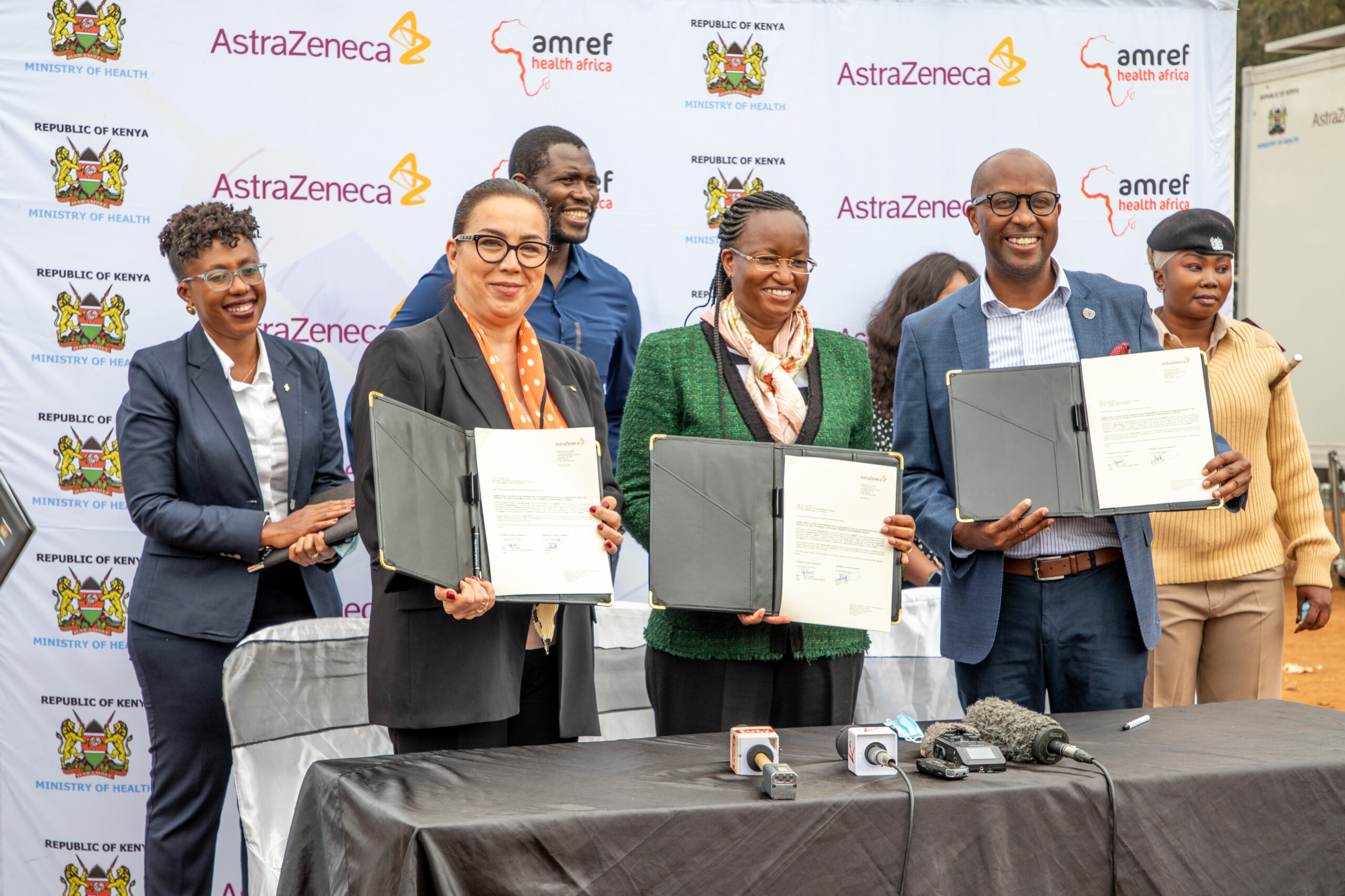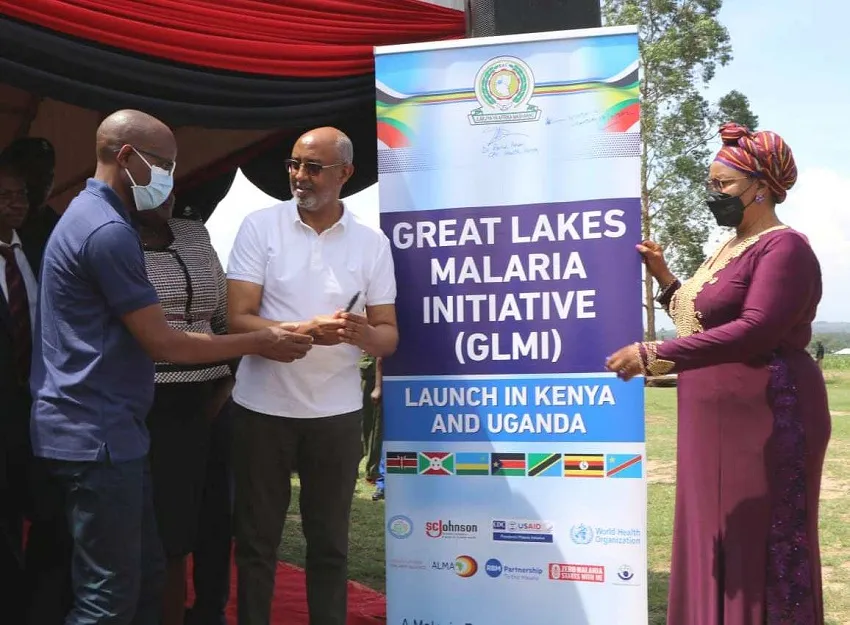Water, sanitation and hygiene coverage and practices of a semi-arid county in the Eastern region of Kenya. Journal of Water, Sanitation and Hygiene for Development
Tuesday, 15 June, 2021


Despite substantial progress in sanitation and hygiene in Kenya, its semi-arid regions still experience poor environmental conditions. Kitui County, a semi-arid region, is characterized by water supply shortages, poor sanitation and poor hygiene coverage. This study covers water, sanitation and hygiene coverage and practices in two subcounties of Kitui County. A cross-sectional survey using mixed methods of data collection was adopted. Seven hundred and fifty-seven households were included and household heads were interviewed. Quantitative data were analyzed using descriptive statistics. Five focused group discussions and key informant interviews were conducted and data analyzed thematically. These revealed that a majority of people obtain their water from rivers (39.9%), with 57.4% walking more than 2 km to water sources. Only 11.9% of all water sources were available throughout the year. A total of 47.4% of people use 13.3 liters/capita/day with an average cost of Ksh. 35 per 20 liter jerry can, which was reported as costly. A total of 43.6% of people felt that the water they collected was not enough to meet their requirements. Filtering was the most common form of water purification, with a majority of people perceiving clear water as safe for drinking. Latrine coverage stood at 56.4% and open defecation at 8.5%. Access to safe and adequate water supply, hygiene and sanitation services to the community continues to be poor and hence WASH interventions need to be scaled up for meeting recommended national standards.
Kioko Kithuki, Yvonne Opanga, Elda Watulo and Enock Marita (2021). Water, sanitation and hygiene coverage and practices of a semi-arid county in the Eastern region of Kenya. Journal of Water, Sanitation and Hygiene for Development washdev2021174. https://doi.org/10.2166/washdev.2021.174







